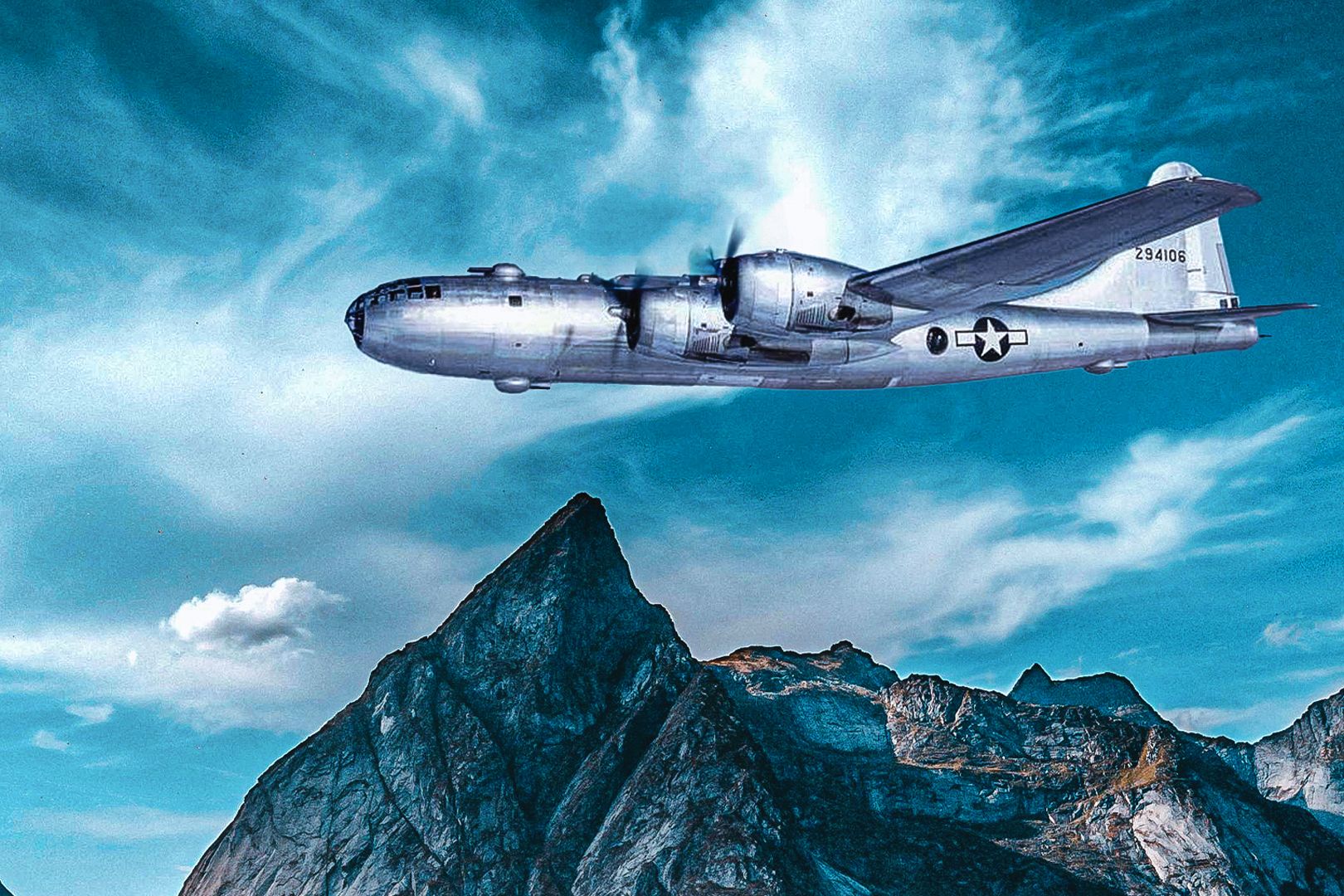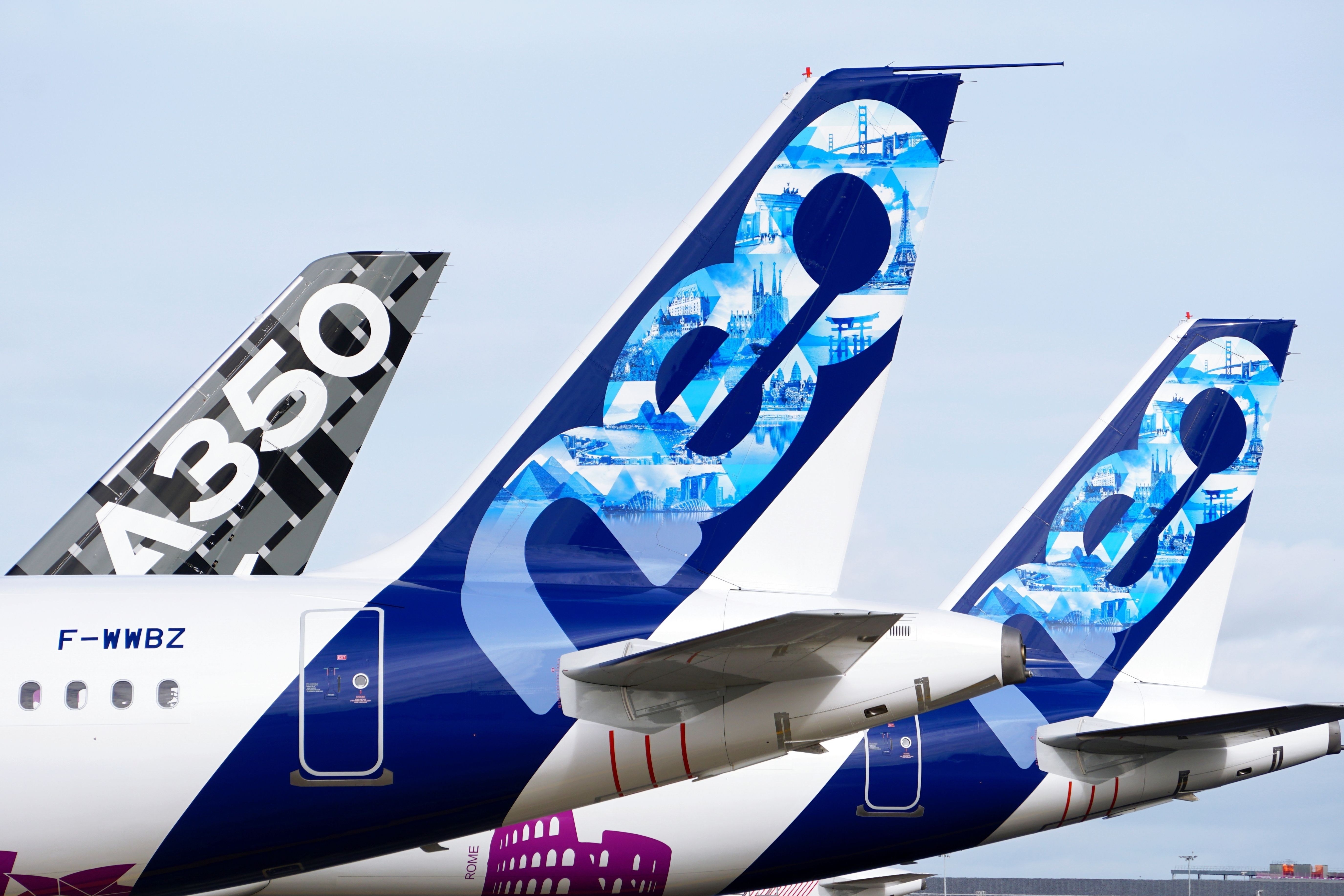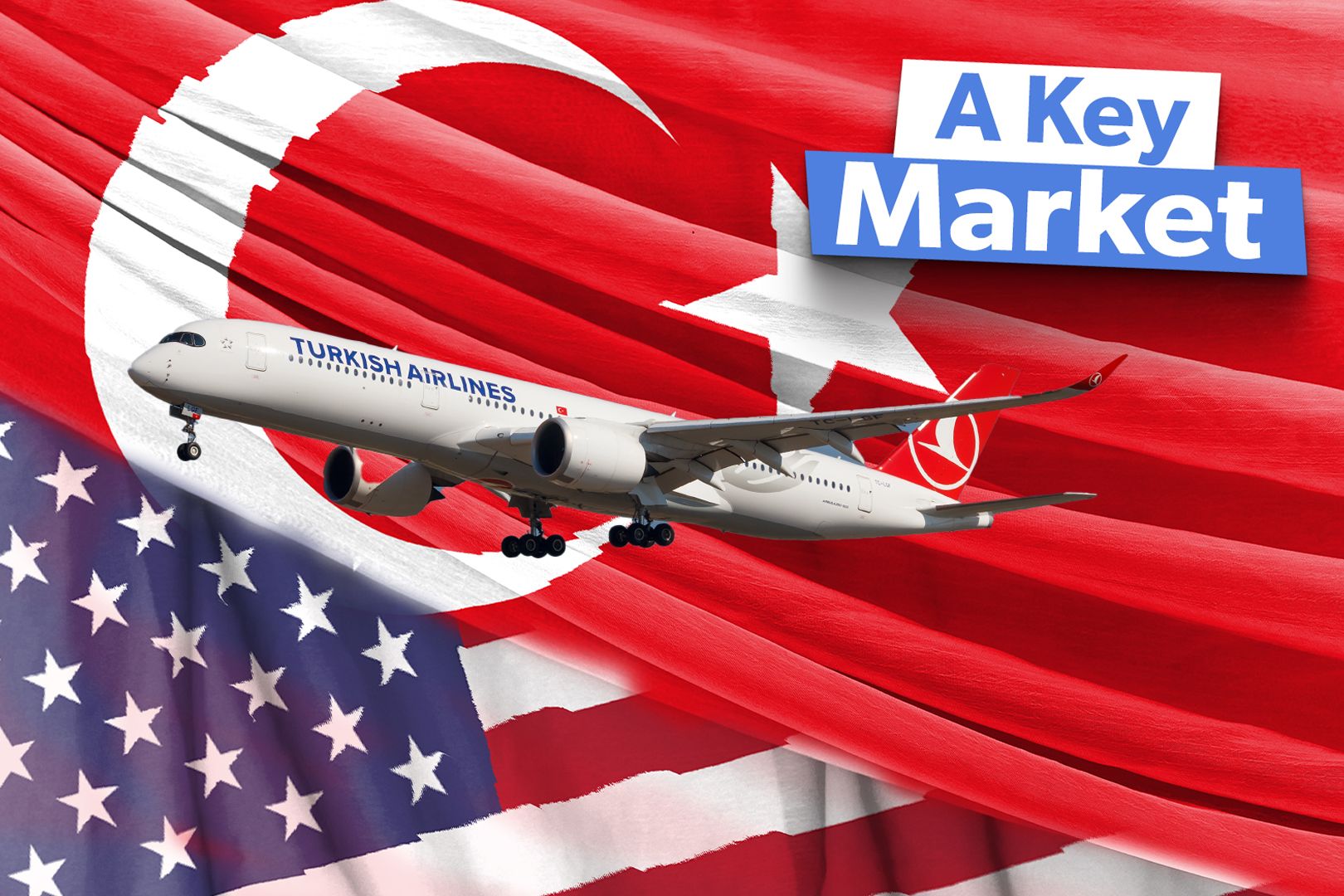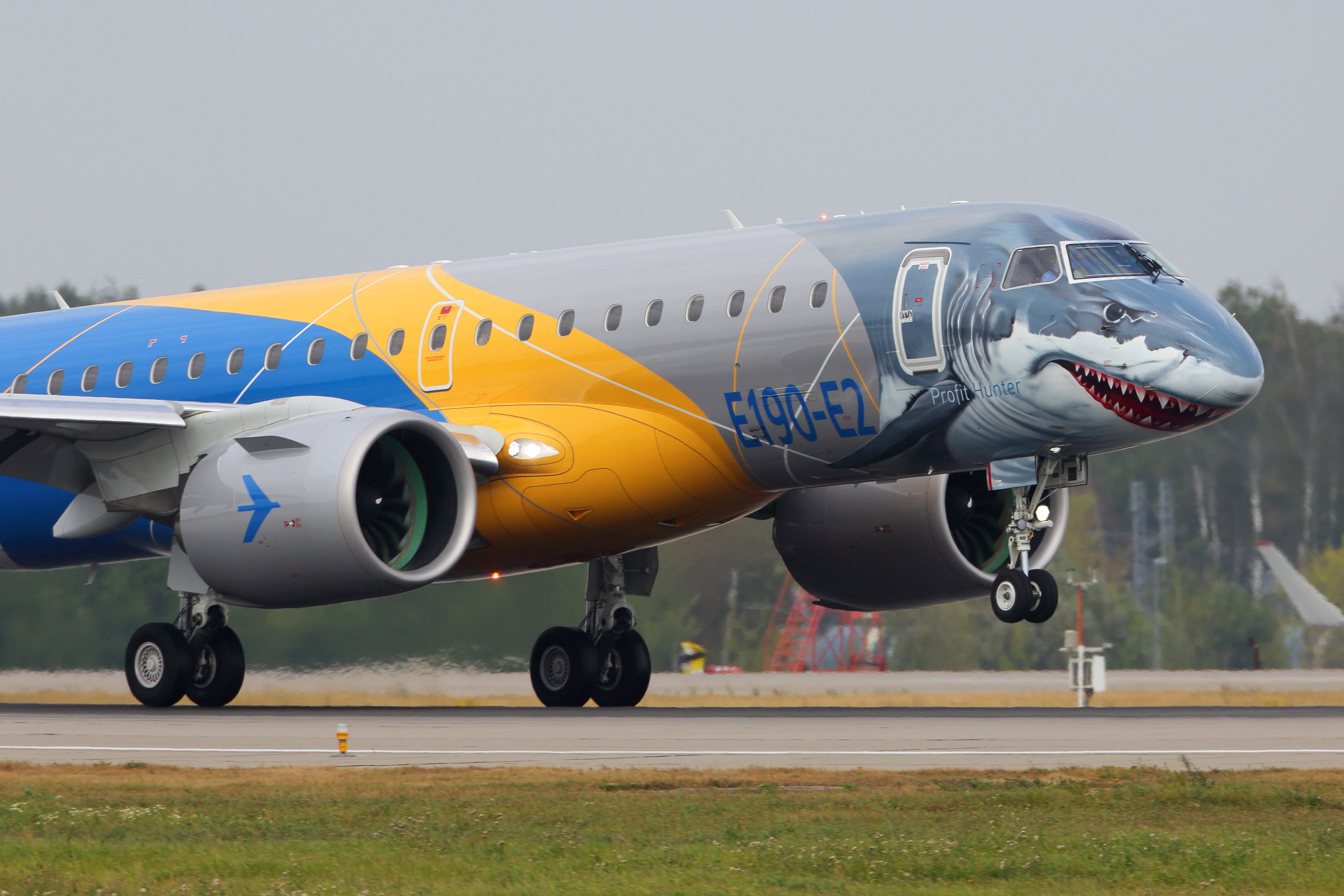Summary The Curtiss P-40 Warhawk played a crucial role in response to the Pearl Harbor attacks, breaking Japanese air power. Martin PBM Mariner was essential in anti-submarine patrols in the Pacific Theater and engaged in the Bermuda Triangle incident. The Grumman TBF Avenger was a highly effective submarine killer, sinking many submarines and super battleships during WWII.
The United States entered the Second World War after the surprise attack by Japanese forces on Pearl Harbor. While the US naval forces were initially caught off guard by the attempt, a large fleet of exceptional aircraft gradually dominated the Pacific Theater. This article notes some of the most prominent bombers of the Pacific Theater during World War II.
1 Curtiss P-40 Warhawk Year entered service: 1939 Powerplant : 1 × Allison V-1710-39 V-12 liquid-cooled piston engine Engine power : 1,240 hp (920 kW) Maximum speed : 361 mph (581 km/h, 314 kn) at 15,000 ft (4,600 m) Range : 716 mi (1,152 km, 622 NM) Ammunition : Browning machine guns, bombs (up to 2,000 lb) The Curtiss P-40 Warhawk is a single-engine fighter-bomber used by most Allied powers during World War II. Designed and developed by Curtiss Wright in the late 1930s, the aircraft entered military service in 1939. The P-40 was one of two aircraft, along with the Grumman F4F Wildcat, that contributed more than any other aircraft in responding to the Pearl Harbor attacks.
The Curtiss P-40 was largely credited for breaking Japanese air power during th.


















